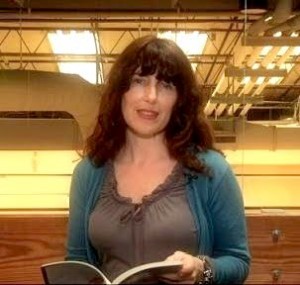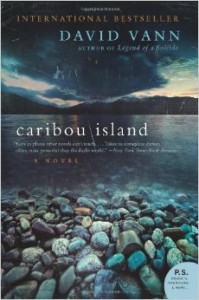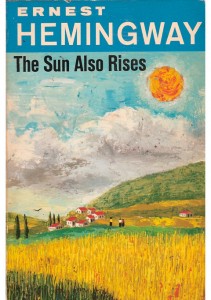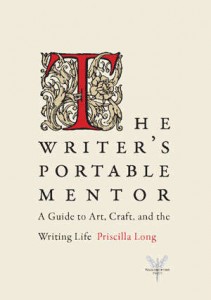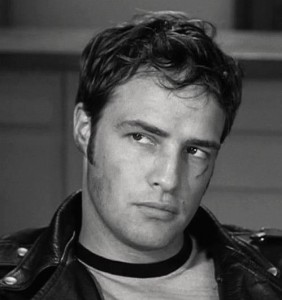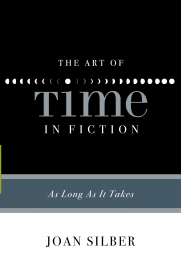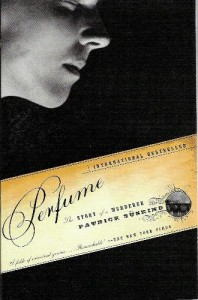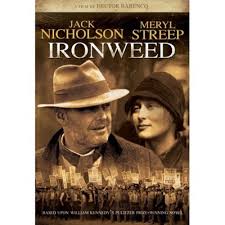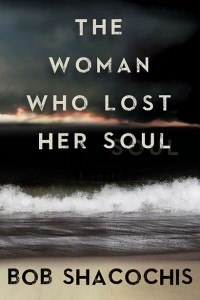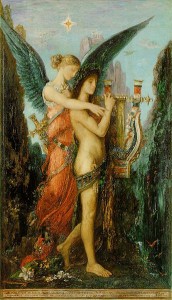Briante, Susan (2011). The Market is a Parasite that Looks Like a Nest. Chicago: Dancing Girl Press. 16pp chapbook. www.dancinggirlpress.com.
Susan Briante gave a poetry reading for the U of A Poetry center (http://poetry.arizona.edu/), in the iconic Congress Hotel in Tucson. I bought this little chapbook there because I liked some of what she read.
The idea is that the various New York stock exchanges, often called simply “the Market,” are often collectively personified in financial reporting. “The market had the jitters today.” “The market regained its confidence today.” Briante decided to treat “the market” as if it were literally some kind of animal, maybe a person, maybe a beast (there are bull and bear markets, after all). So the collection of poems tends to be playful and ironic.
Her presentations are in the style of prose poetry, I would say. Most are lineated, and some are metered. Here is the opening of one she read aloud:
The Market wonders where the soul goes,
Decides that God must be a cripple to make the rest of us
Feel whole, remembers a trip to Mexico
When he was just out of college.
It goes on to cite impressions from that trip, at random. Street names, purple jacaranda trees, bells at night, a girl in a hotel, the Rolling Stones on the radio. It’s a fond memory, of a person who is older now, and like all memories, it’s composed of fragments, sensory impressions, feelings. “The Market” is some self-alien person, someone the narrator once was perhaps, or maybe it’s Everyman.
That piece is probably the nicest of the bunch because it has that coherence of being a memory of a time and place. Other pieces seem more like word salad. They’re lovely words, but nothing, or nearly nothing, holds them together. Here is a fragment for example:
The Market always felt so heavy
by the sea, weighted with a thousand
sacks of coins impossible to sort to let
go without hemorrhage, to lighten
Would be to dissolve not like an ocean
Against a horizon but to sink
From continent to silt to slam
down taking walls and foundations
For me, that’s a vaguely a seaside reflection, perhaps allegorical for a person’s (the Market’s) inner turmoil, but that water is either too deep or too shallow for me; I’m not sure which.
Four of the pages of the chapbook, fully 25%, are graphs of the intraday fluctuations of the Dow Jones Industrial Average for several unspecified days in 2009, an endnote says. That would be a mindless page-filler, except that one of the graphs is wrong. It shows an x-axis that ranges from 880 to 900. The Dow hasn’t been below 1000 since 1973. Was that just a sloppy error? What else could it be?
But because I spotted a similar monster error during her talk, I now think the graph is there on purpose as an extremely subtle message, planted for the odd reader who actually knows something about “The Market.”
During her reading, Briante projected images of market data: some DJIA charts, some network charts, and in one case a table of numbers showing the DJIA closing value and trading volume for each of the prior 30 days. It was all routine data except it showed a volume of over 65 billion shares for the previous Tuesday. Recent volumes should be around 50 million, and I spotted the error on the screen and thought, “Well, she doesn’t really know much about the market or she’d know that was a ridiculous number.”
Now, having read the chapbook with its similar howler of an error in the charts, I’m convinced she was pulling our collective legs at the reading too! Who are the jokes for? Not just for someone who is familiar with market data, I think. Anyone who took the trouble to read those numbers with care, study those charts in context, would spot the outlier in each case because it was so whoppingly large. If you just glanced at the data and thought, “Oh, financial data,” and moved on, you wouldn’t see the error. You wouldn’t really see anything. To read data, you have to be reading and thinking, reading for meaning, interpreting each point in its context. Just as you read the words of a poem. Ha! The joke was on me.
Now that I’m hip to the extremely subtle humor, I appreciate the craft of it.
I paid $5 for this chapbook and I think I’ve gotten my money’s worth of enjoyment.

